Artificial Intelligence (AI) is no longer the future—it’s the present. And in this era of 2025, AI is transforming internal business procedures and reshaping significant business industry models. From predictive analytics to hyper-personalized marketing, AI is unlocking new levels of efficiency, agility, and customer engagement.
The analysis by PwC projects that AI will bring a staggering $15.7 trillion to the global economy by 2030. This will increase productivity by $6.6 trillion as well as allow better consumption, leading to another $9.1 trillion.
But you, as a techie or an entrepreneur, need to ascertain what significance such developments will bring! You must implement a strategic plan and team up with the appropriate AI development company to extract value from current possibilities.
Let’s Understand Why AI Is Essential to Business Growth in 2025
A recent insight from The Strategy Institute states: “Businesses not leveraging AI by 2025 risk losing competitiveness.” AI is no longer just a differentiator—it’s a survival tool.
AI systems have evolved to address challenges faced by companies of all sizes. Similarly, businesses are adopting AI solutions throughout their operations – whether in customer service, logistics, product development, marketing, or sales.
Hence, it is apt to stay up-to-date and understand the leading AI trends of 2025, the real-world use cases driving growth, and how businesses can strategically utilize AI software development to remain competitive.
Here’s A Closer Look At 5-Most Critical AI Trends In 2025
1. AI-Powered Hyper Automation
Hyper Automation is the leveraging of artificial intelligence, machine learning, and robotic process automation (RPA) to partially or fully automate workflows, processes, or operations.
Why it matters: Hyper Automation integration provides a substantial increase in return on investment by eliminating human interference. Hence, it reduces human error, cuts costs, and achieves massive efficiency.
Real-World Impact:
>According to Deloitte, while utilizing intelligent automation in operations, 31% of the cost may be reduced.
>Manufacturers utilizing AI for predictive maintenance achieve a 30-50% reduction in failures and a 10-40% decrease in maintenance costs.
Application: AI Software Development Services can help you build custom automation solutions for tasks like invoice processing, inventory forecasting, and claims management.
2. Conversational AI and Customer Service Transformation

Companies are increasingly using artificial intelligence in human-like chats with consumers and clients. Using natural language processing (NLP), they analyze context, sentiment, and intent.
Why it matters: An increase in labor costs inevitably indicates that AI-based customer support is comparatively a more reasonable option. Also, AI is not bound to time and can be used 24/7 to enhance user satisfaction.
Real-World Impact:
>Statistics suggest that firms will deliver 95% of their customer interactions via Artificial Intelligence by 2025.
>Businesses that incorporate conversational AI witnessed up to 70% reduction in support costs, while seeing improved scores on their customer satisfaction index.
Application: An AI Development Company in the US can help you create and implement multilingual voice, web, and messaging assistance to improve retention and customer loyalty.
3. Predictive Analytics: Smarter Decisions, Faster
Predictive analytics incorporates some elements of artificial intelligence and big data with an aim to make predictive outcomes – such as volume of sales, the likelihood of a customer to leave, or even the possibility of an equipment failure.
Why it matters: In the course of the work carried out, decision making can no longer be considered as guesswork. Here, we find that AI is useful in making businesses proactive as opposed to reactive.
Real-World Impact:
>A survey of small businesses found that those using predictive analytics techniques saw an average of a 6% increase in revenue and a 4% decrease in costs.
>AI is used in predicting stock sales demand among retailers to ensure that there is never a shortage or an excess of stock.
Application: Custom AI models from an AI Software Development Service can uncover hidden patterns in your customer, financial, and operational data.
4. Personalization at Scale
By applying the concepts of artificial intelligence, organizations can intervene in real time with matters related to behavioural tendencies, preferences, geographic location, and past spending trends.
Why it matters: Personalization is an important expectation that customers have – AI delivers at scale, as well as across channels.
Real-World Impact:
>According to the latest statistics, 80% of Netflix’s engagement comes from using artificial intelligence to provide the consumer with related content.
>It is also known that Amazon attributes a third of its total revenues to its recommendation tool.
Application: Actively partner with an AI Service in US to improve either recommender systems, dynamic price implementations, or personalized email workflows.
5. AI-Enhanced Cybersecurity

AI is being used to monitor network traffic, detect anomalies, and respond to threats faster than any human can.
Why it matters: As businesses digitize more operations, the risk of cyberattacks increases. AI acts as a real-time guard.
Real-World Impact:
>AI-enabled threat detection improves breach identification speed by up to 96%.
>The AI in cybersecurity market is expected to hit $60.6 billion by 2028, growing at a CAGR of 21.9%
Application: AI development companies help secure your applications using anomaly detection, user behavior analytics, and AI-powered authentication systems.
The Future of Business AI: Ethical, Integrated, Scalable
AI will no longer be a standalone initiative – rather, it will be integrated as an application seamlessly running through various functions like HR, finance, logistics, etc. Nonetheless, the future trajectory of AI in business will heavily depend on factors such as:
>Ethical frameworks to reduce bias and ensure fairness
>Explainable AI for regulatory compliance and user trust
>Edge AI for faster, on-device decision-making
Every organisation that integrates AI into its operations, and does so in a way that is ethical and beneficial, will lead its industry in innovation and growth.
Why Should You Hire AI Developers Now?

If you are looking to implement any of these innovations, hire AI developers. Also, comprehend that it is crucial to hire AI developers who have already worked on real-world AI applications and have a proven track record in developing scalable apps.
Hiring a developer is simple! Now you do not need to appoint anyone and go through all the human resource processes!
Simply select an AI development company in the US or outsource to a premier rated AI software development service provider – who will offer you a dedicated developer for your AI app. This is the best and fastest way forward to go without sacrificing on quality, security, or ethics.
When selecting AI service providers, make sure that they also have expertise in creating custom ML models and deploying AI solutions for the cloud and businesses in a specific industry.
Ready to Discover the Power of AI?
At AlignMinds, we offer smart technological solutions in the field of artificial intelligence that can enhance your business in areas of automation, prediction accuracy, and growth. We are one of the most trusted AI software development companies that provide our clients with the combined expertise of using the advanced AI solutions to help you solve real problems, boost efficiency, and outpace the competition.






































































































































































































































 Credit: Dittofi
Credit: Dittofi
































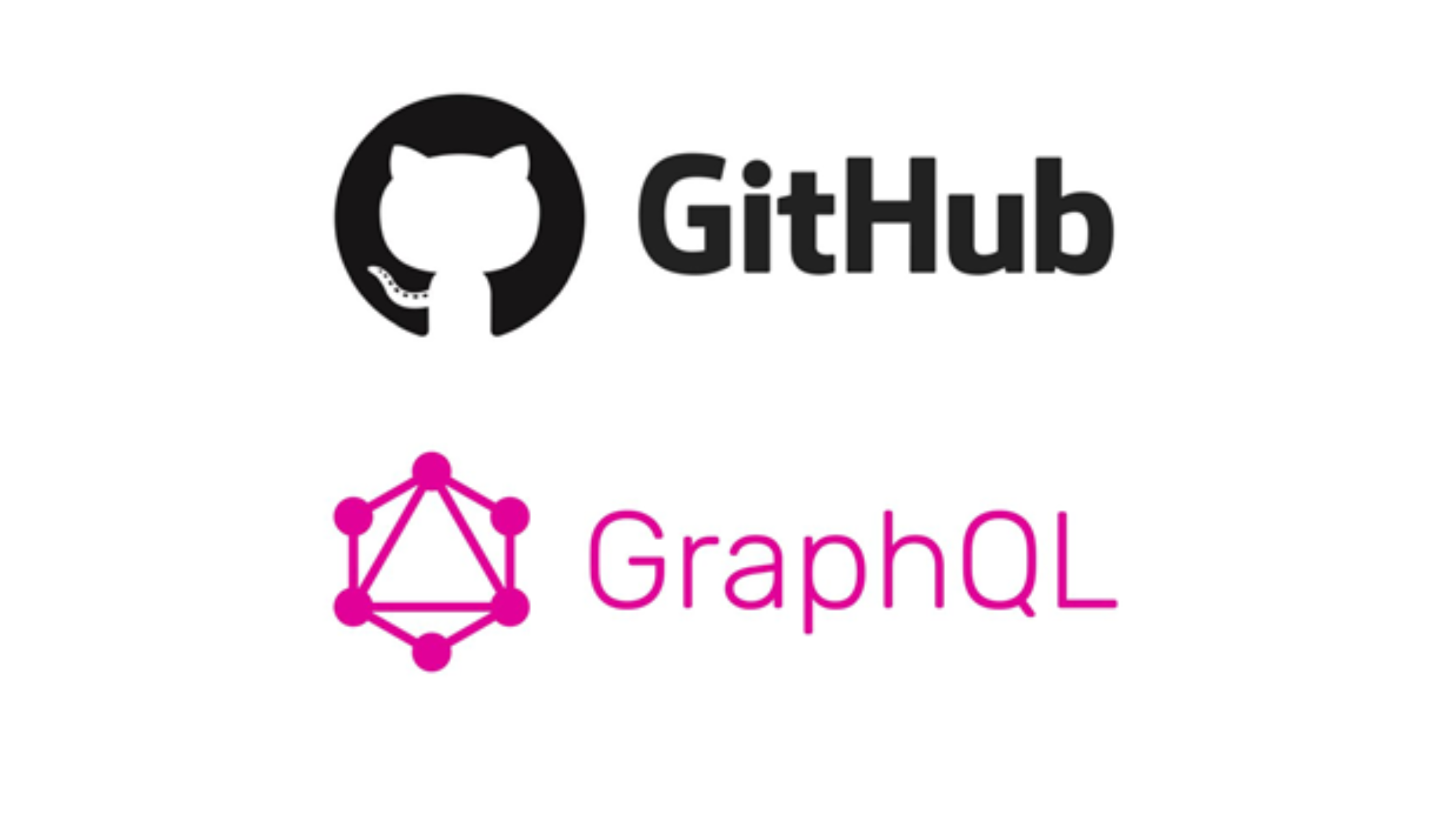















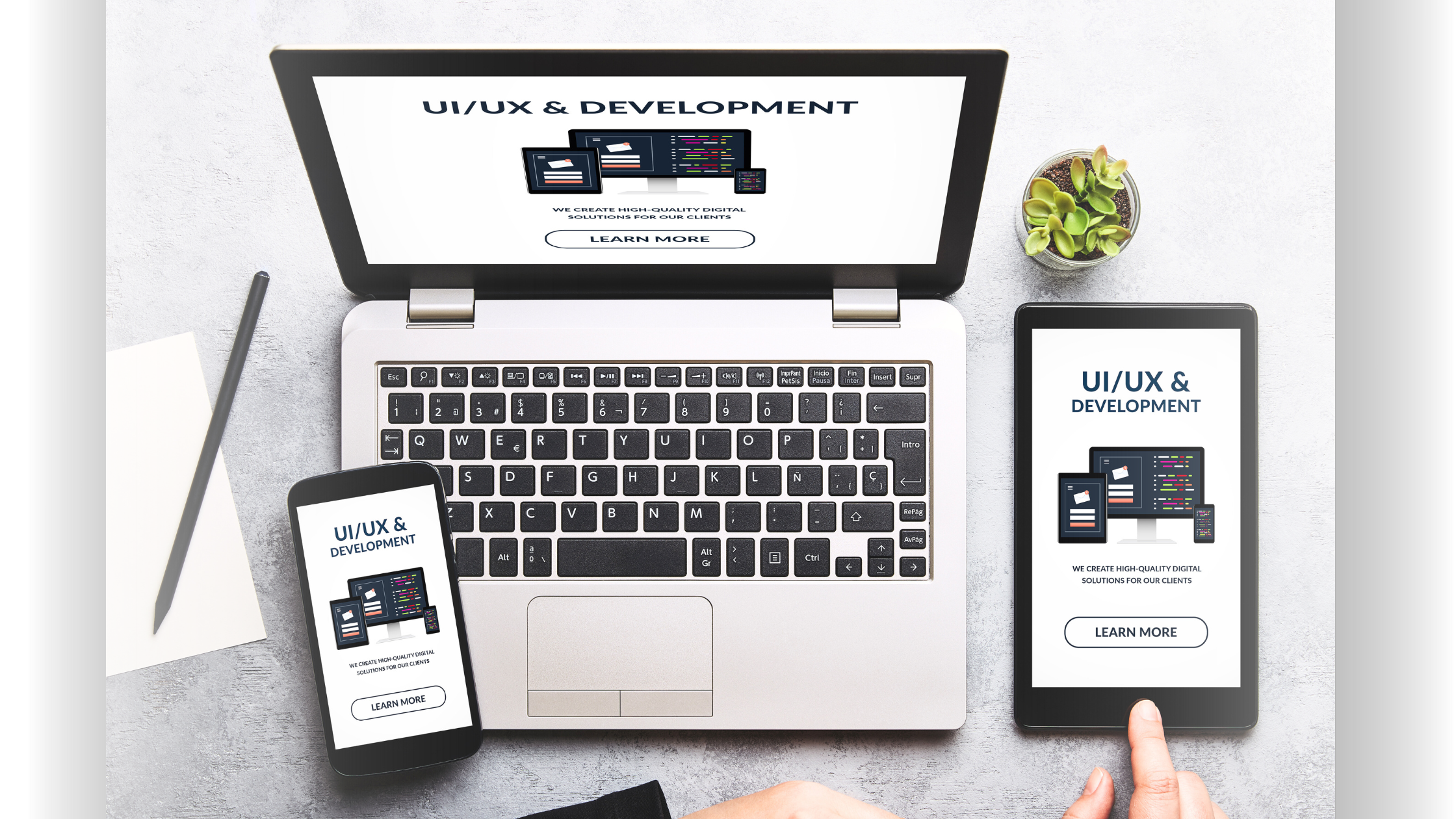
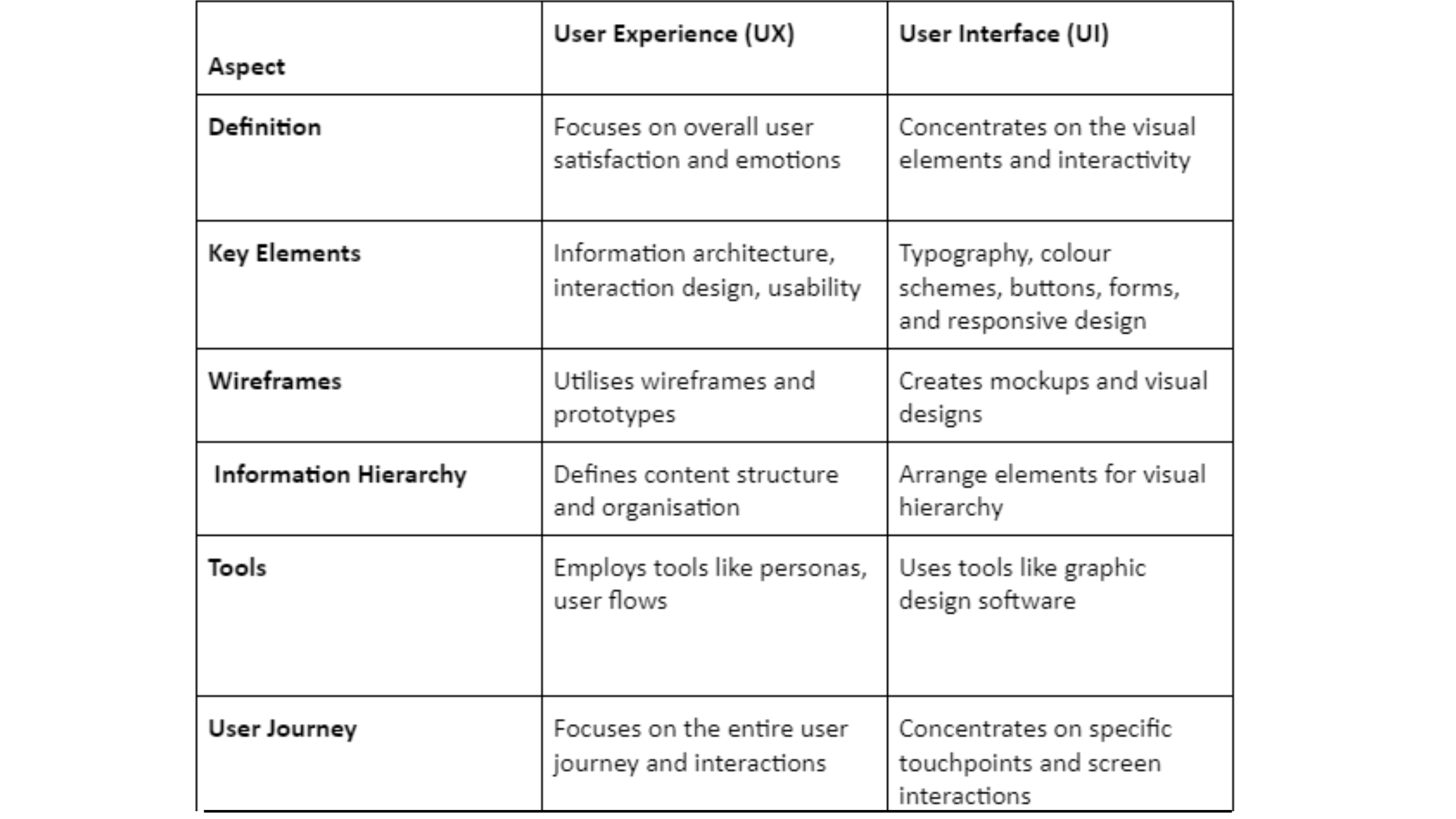



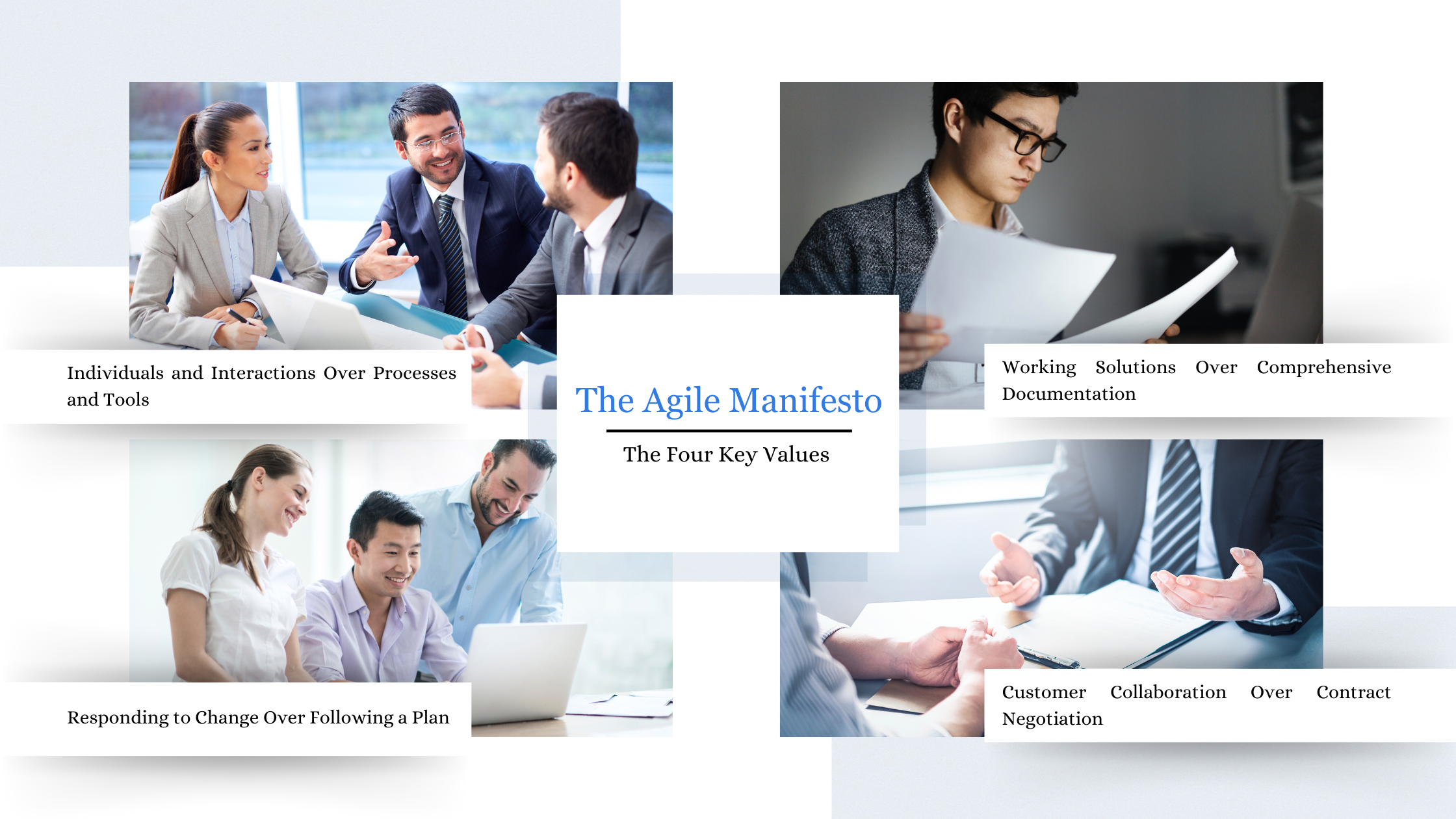
















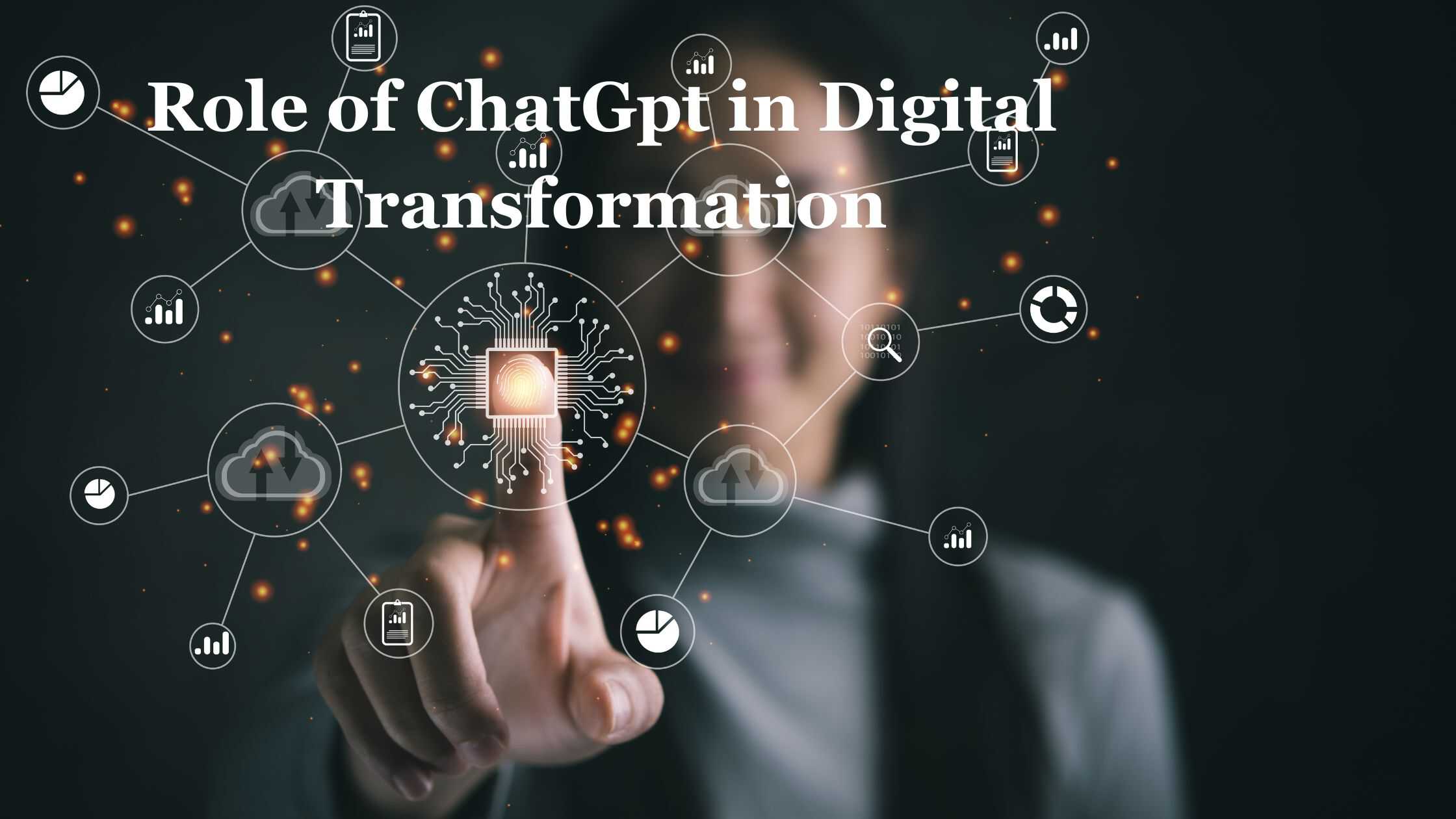





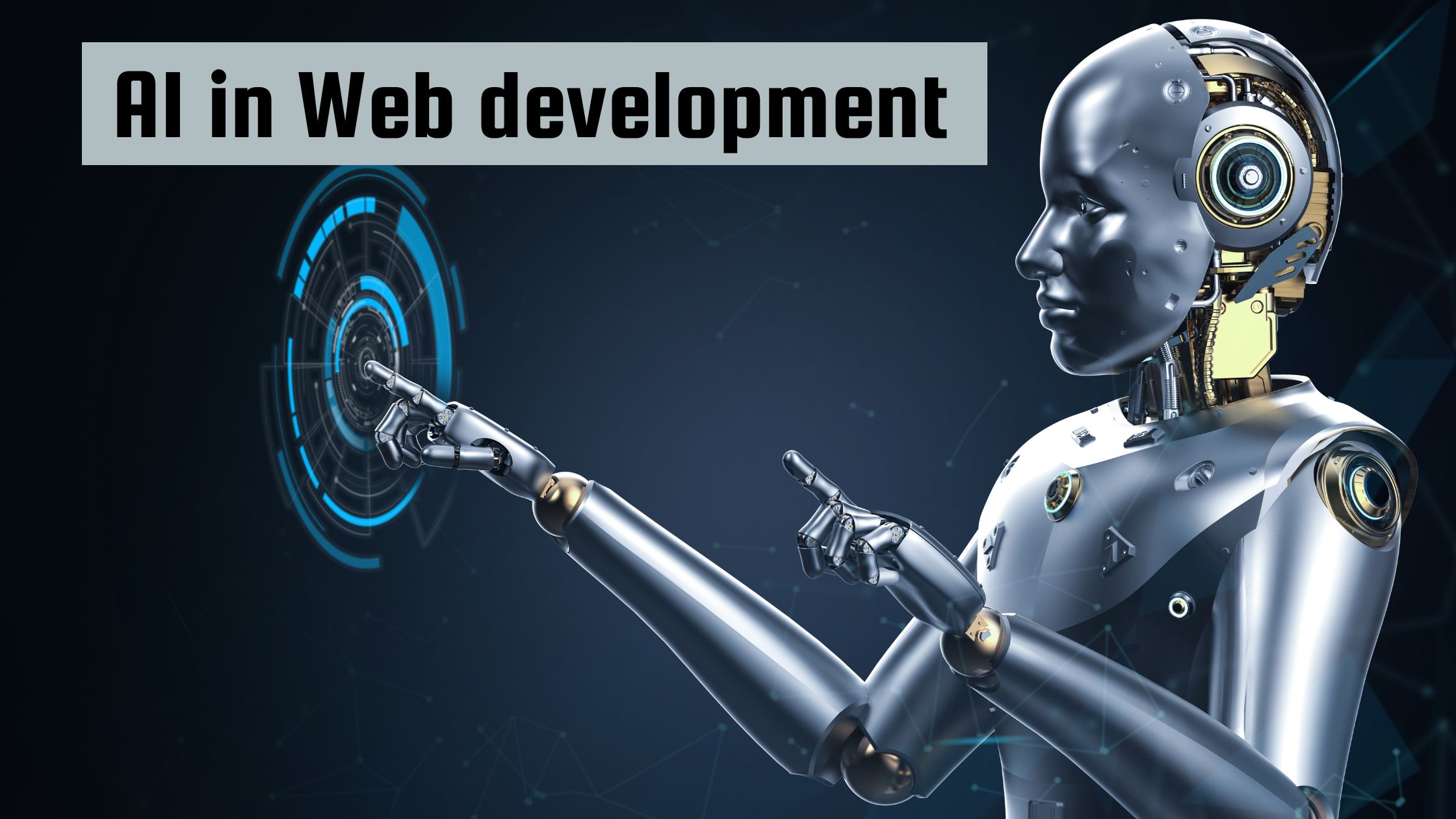




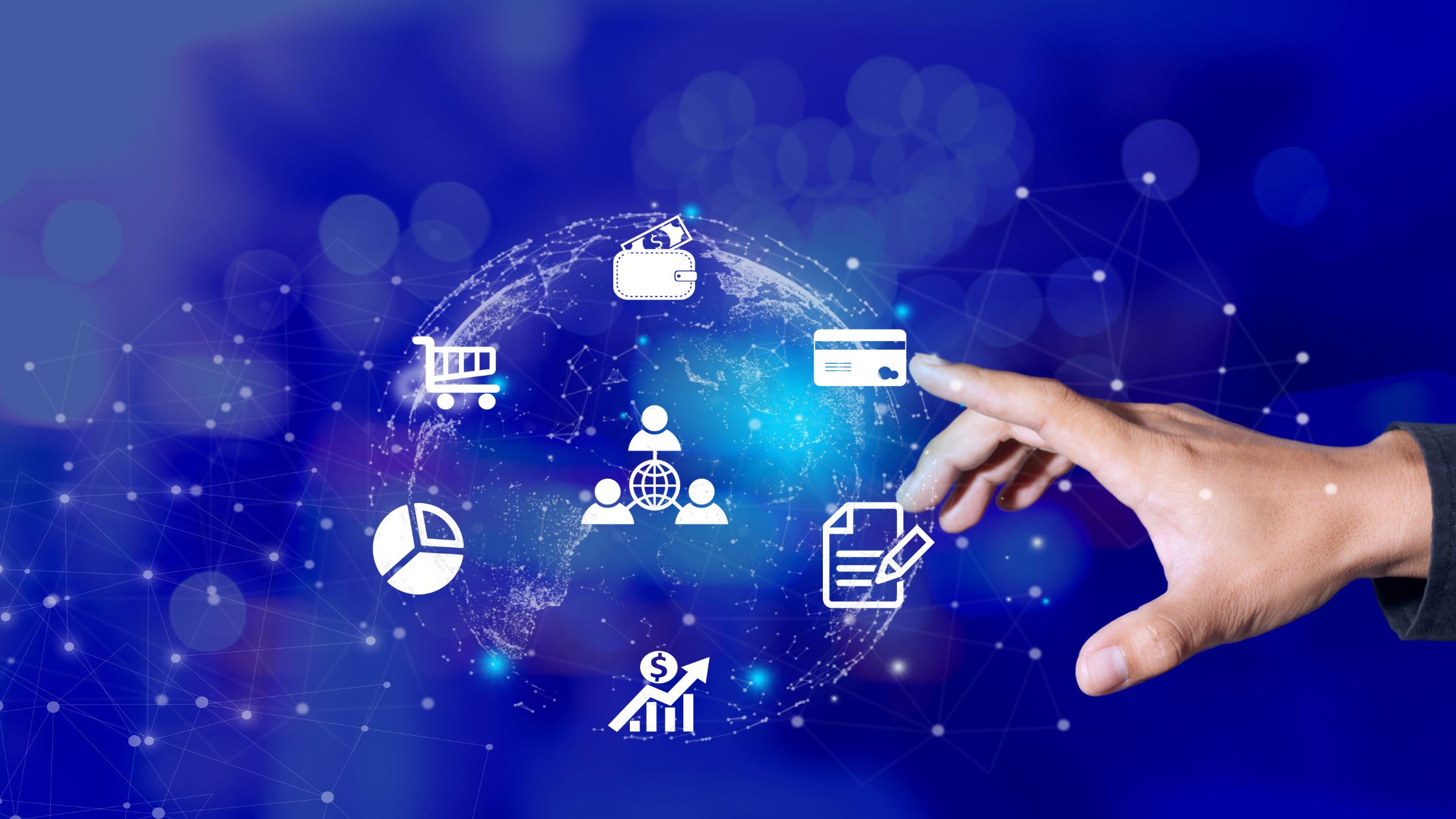




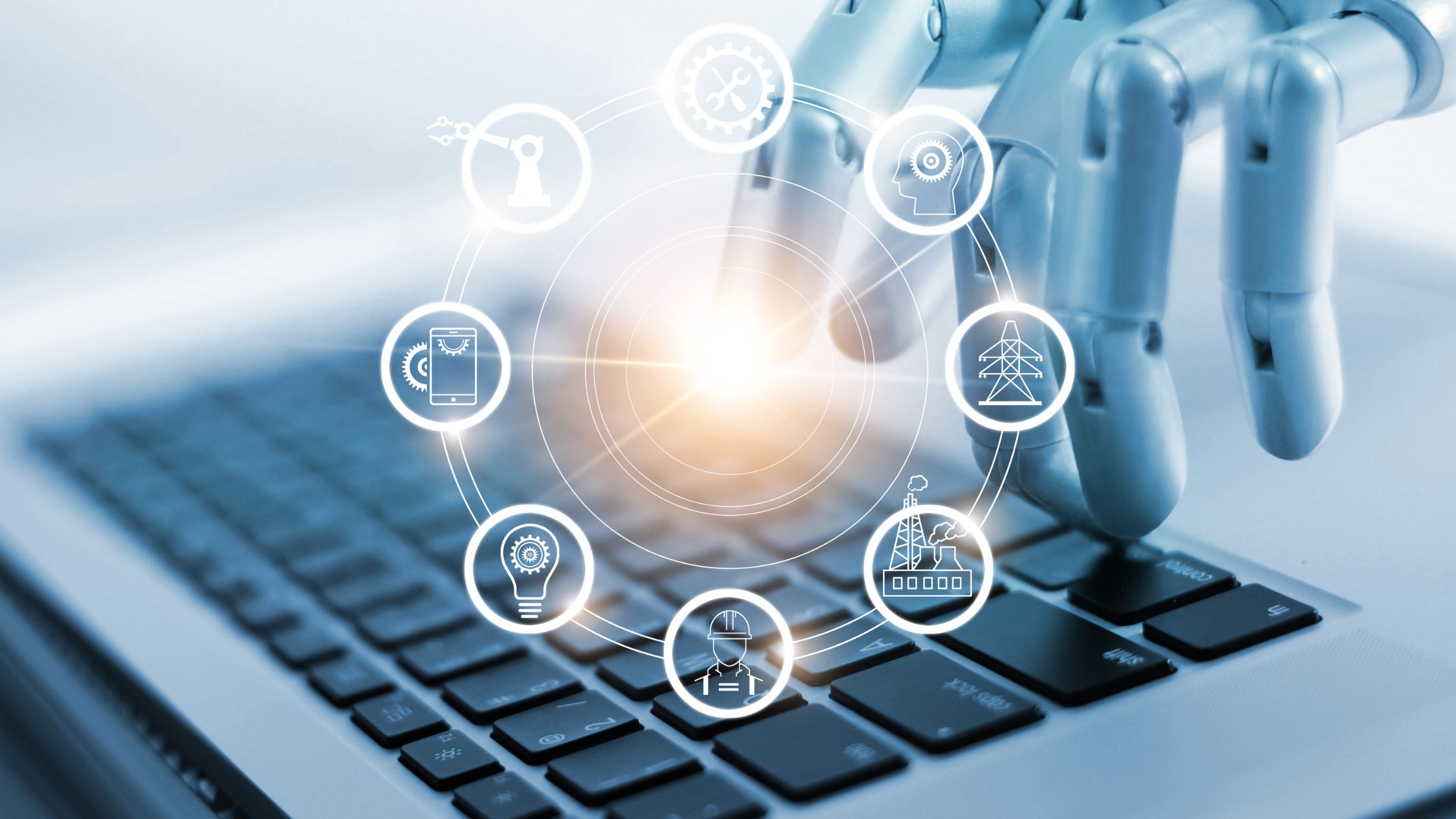

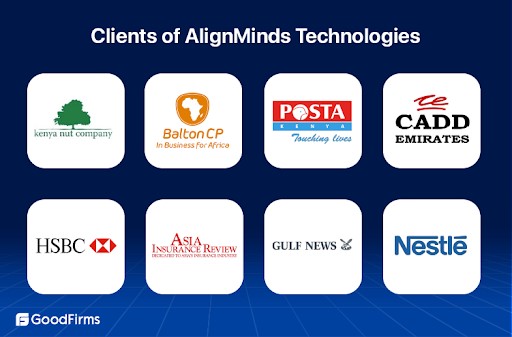
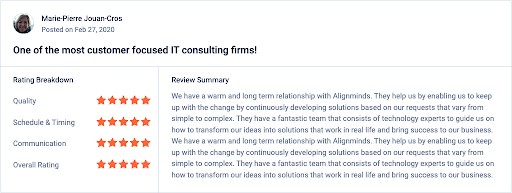
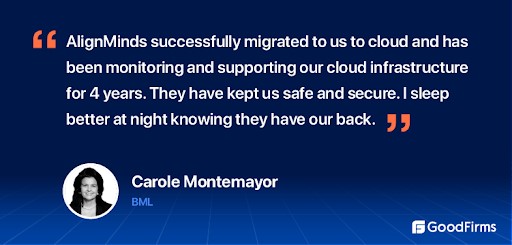









 image source url:
image source url:



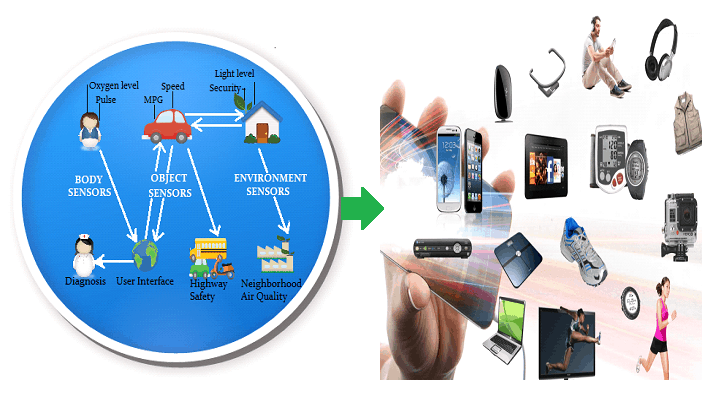
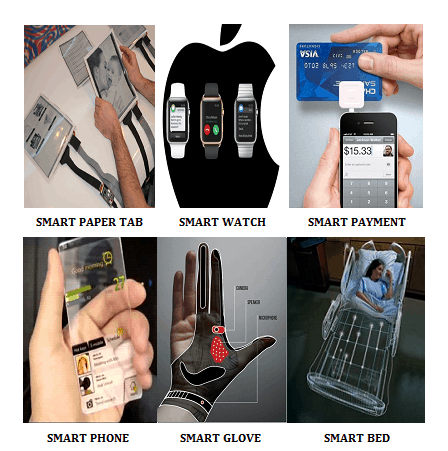




















 AlignMinds recognizes that every product engineering project has specific requirements. They work closely with their clients to understand their needs and objectives, ensuring that the AR and VR solutions are customized to meet those requirements effectively.
AlignMinds recognizes that every product engineering project has specific requirements. They work closely with their clients to understand their needs and objectives, ensuring that the AR and VR solutions are customized to meet those requirements effectively.


























































